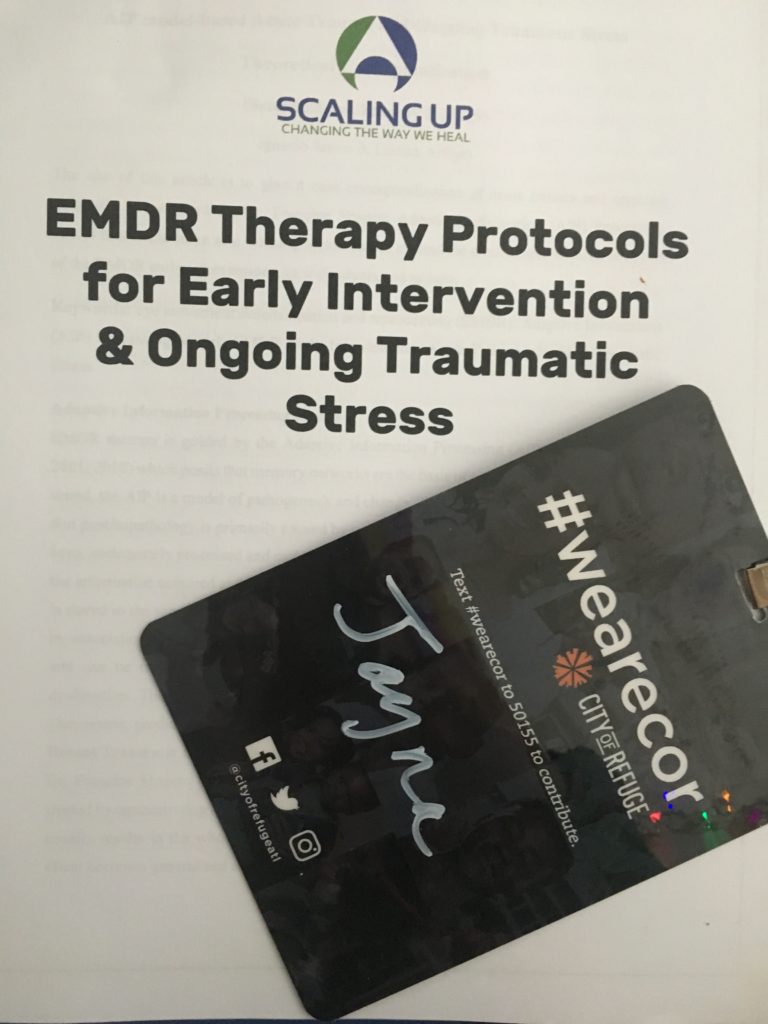
I focus on helping people through crisis and conflict. This summer, I did some training to learn how to specifically help individuals develop resiliency and process trauma that they are going through, especially when they don’t yet feel safe.
You know, when we talk about Post Traumatic Stress Disorder (PSTD), it refers to something that happened in the past but is now over. The truth is for many of my clients, they still feel unsafe or have ongoing stress, whether it is due to single-parent issues, stepfamily challenges or any of a number of life challenges that can show up in any family type.
Perhaps a client is in the middle of a family court lawsuit or dealing with an ex he or she doesn’t get along with. Some of my clients have a family member or adult child that creates pain or angst for them. Others are trying to figure out why they react the way they do to situations; they want to learn and resolve their triggers and negative thoughts that continue to hurt them. And some of my clients are in a transitional time in their life when they are tired of doing the same thing over and over again and want to stop feeling stuck, but don’t know where to start.
All my clients have one thing in common: They don’t want to spend months or years in weekly therapy before they begin to feel better. And, honestly, I don’t want them to either.
So I was thrilled to be a part of training a few weeks ago called “Scaling Up EMDR” where I learned more about how to help my amazing clients feel okay, to have hope, to heal, and to move forward in their lives in more manageable and helpful ways — at a much faster pace. Yes, even when they are still dealing with stressors.
It was a great experience that taught me a great deal about how to handle my own stress, and as important, how to help my clients become stronger and happier, despite ongoing stress in their lives.
The first step to managing your stress and fear
My best advice for managing most situations, including high-conflict exes and family members, is to understand what triggers you. It’s one of the most important steps. You know, when we were young children, our bodies naturally would give us a feeling somewhere when we got into trouble with our parents or at school or experienced other difficult challenges. Usually our stomach would hurt or felt jumpy like butterflies, or we would feel tightness in our chest or our faces would flush. It was a dead giveaway that something about our situation, actions or others around us were uncomfortable or upsetting.
As adults, we generally have the same reaction in the same place, yet we tend to ignore them or push them away. If you were brought up in a home where you were taught that emotions and feelings were bad and that “it is not okay to be angry,” you may numb yourself from emotions, which often manifest as physical pains, like a headache.
I want you to stop ignoring those feelings and be fully aware of when you have an upset feeling and where your discomfort occurs. That is your body’s way of alerting you to what feels dangerous, anxious, hurtful or upsetting.
I also want you to pay attention to those persistent negative thoughts you have, and when you are most likely to have them. Sometimes we may know that the thought isn’t true, such as “I’m not important” or “I’m not okay,” but it still wreaks havoc on our mental and emotional state.
Listening to your body and identifying regular negative thoughts are critical to both preparing yourself to deal with negative situations or (perhaps even better) avoiding them altogether. And when you can’t avoid them or the people who may be causing them, I can help.
